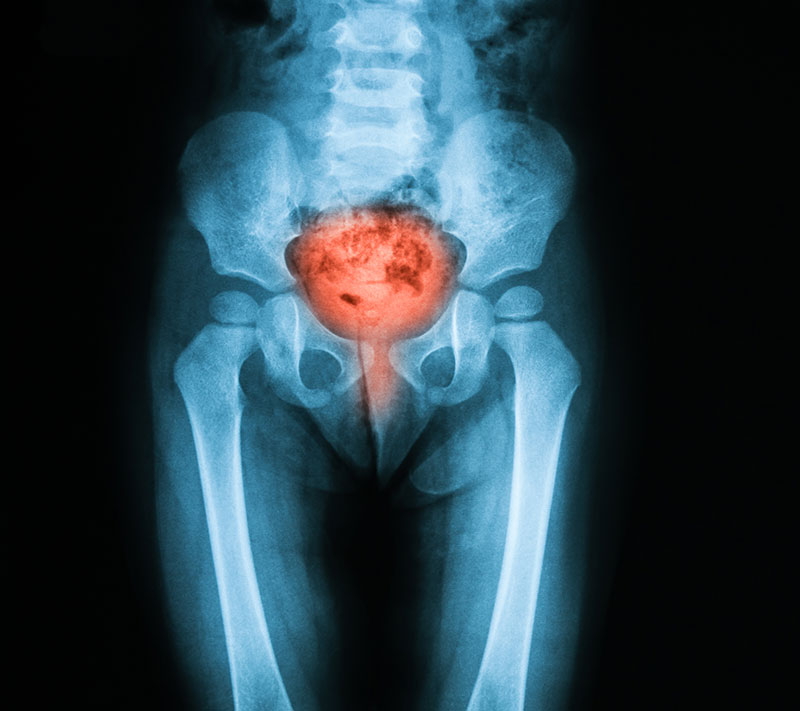Pelvic floor dysfunction is an umbrella term for a variety of disorders that occur when pelvic floor muscles and ligaments are impaired.
Pelvic floor dysfunction test.
This is a treatable condition with the help of biofeedback and physical therapy.
Levator ani syndrome is a type of nonrelaxing pelvic floor dysfunction.
The pelvic floor supports the rectum bladder and urethra.
Because pelvic floor dysfunction can be associated with psychological sexual or physical abuse and other life stressors psychological counseling is often included in the evaluation process.
This test is not painful.
This test may include regular x rays fluoroscopy or an mri machine.
If your flow of urine is weak or if you have to stop and start as you urinate it can point to pelvic floor dysfunction.
A uroflow test can show how well you can empty your bladder.
This test is very helpful in determining the cause of pelvic floor dysfunction.
Pelvic floor dysfunction pfd is a condition in which the muscles in the pelvis do not work properly.
Your provider may order this test if you have problems while urinating.
Pelvic floor dysfunction pfd is a term that refers to a wide range of problems that can occur when the pelvic floor muscles aren t functioning normally or when that hammock shape becomes weak or damaged.
Symptoms include pelvic pain pressure pain during sex incontinence incomplete emptying of feces and visible organ protrusion.
Mayo clinic s experience using a multidisciplinary approach to treating pfd has yielded positive patient outcomes.
Pelvic floor dysfunction is the inability to control the muscles of your pelvic floor.
The muscles may be too tight or too weak or there may be tears in the connective tissues.
Symptoms include constipation straining to defecate having urine or stool leakage and experiencing a frequent need to pee.
What is pelvic floor dysfunction.
Surgical treatment is rarely needed for pelvic floor dysfunction except for large symptomatic rectoceles or.
In this condition you are unable to have a bowel movement or you only have an incomplete one because your pelvic floor muscles contract rather than relax.
Your pelvic floor is the group of muscles and ligaments in your pelvic region the pelvic floor acts like a.
That means the pelvic floor muscles are too tight.

